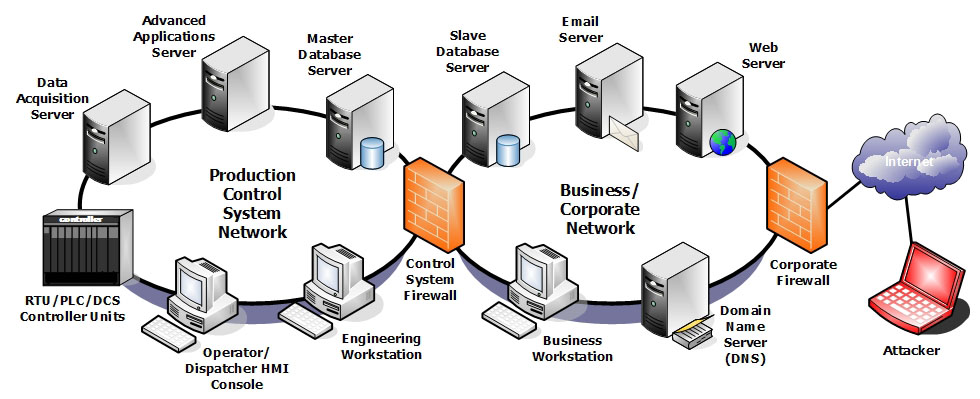- Blogger Comment
- Facebook Comment
Subscribe to:
Post Comments
(
Atom
)
What is EDI and it's benefits?
Electronic Data Interchange (EDI): EDI is the computer-to-computer exchange of business documents in a standard electronic forma...




0 comments:
Post a Comment